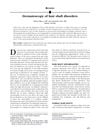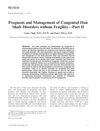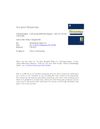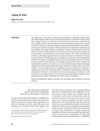Banded Scalp Hair with an Unusual Glistening Appearance in a Teenager: A Quiz
January 2018
in “
Acta dermato-venereologica
”
Pili annulati hair shaft disorder air-filled cavities interfibrillar matrix autosomal dominant chromosome 12q24.32-24.33 androgenetic alopecia trichorrhexis nodosa trichoscopy microscopy Pili pseudoannulati PA hair bands hair cortex genetic hair disorder hair weathering hair fracturing hair diagnosis
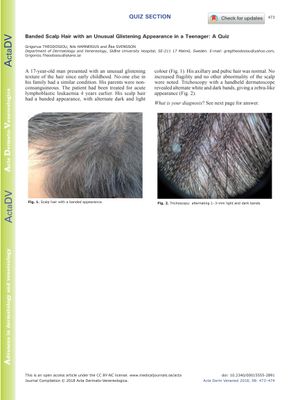
TLDR A teenager's hair with alternating white and dark bands, known as Pili annulati, is a genetic condition that is usually harmless and often considered attractive.
The document discusses a case of Pili annulati (PA), a rare hair shaft disorder characterized by alternating white and dark bands on the hair shaft, which was first described in 1866. The condition is usually noticed at birth or during infancy and is often limited to scalp hair. The light bands are caused by air-filled cavities within the cortex of the hair, which result from insufficient production of the interfibrillar matrix. PA is inherited in an autosomal dominant pattern, with a locus mapped to chromosome 12q24.32-24.33, although the specific gene responsible is unknown. While PA is not typically associated with increased hair fragility, it can be more susceptible to weathering, especially in combination with androgenetic alopecia, which may lead to trichorrhexis-nodosa-like hair fracturing. The condition can be diagnosed with trichoscopy and microscopy, and while there is no treatment, most patients find the hair changes attractive and accept them. The document also distinguishes PA from Pili pseudoannulati, which presents similarly but has a different mechanism and no clinical significance. The case presented in the document shows the classic features of PA and emphasizes that trichoscopy can visualize these features without the need for plucking hairs. Diagnosis of PA is important in cases of androgenetic alopecia as it may cause secondary changes in the hair.
